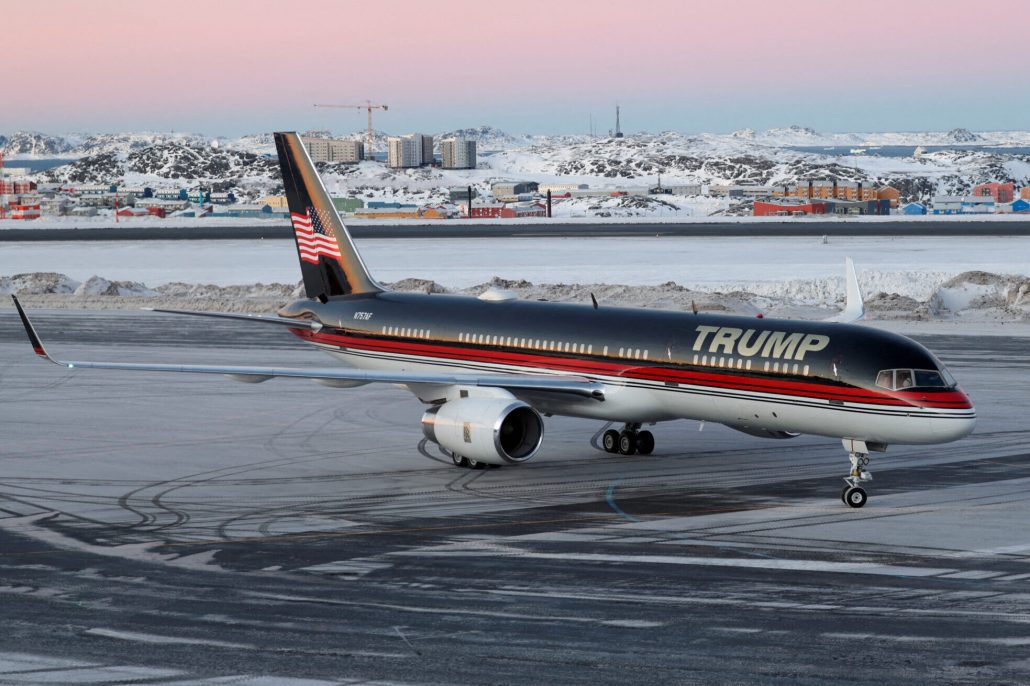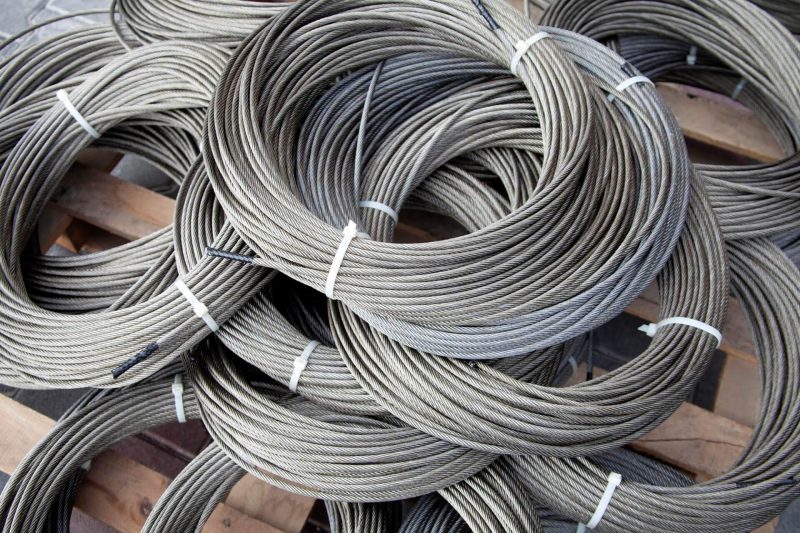
Greenland, strategically positioned between the U.S., Russia, and Europe, holds immense geopolitical significance within the Arctic Circle. Essentially, its location makes it a focal point for global powers seeking regional influence. Moreover, climate change opens new shipping routes and resource exploitation opportunities, further elevating its importance.
Climate Change and Melting Ice Impact
Initially, Greenland’s ice sheet regulates global climate, acting as an “open refrigerator door” by reflecting sunlight. However, the Arctic warms four times faster, accelerating ice melt. Consequently, sea-level rise, potentially 7.4 meters, threatens coastlines globally. Furthermore, melting disrupts ocean currents like AMOC, which regulates weather patterns. Thus, an AMOC collapse could trigger severe climate disruptions, including prolonged freezes in Europe and North America.
Valuable Resources and Rare Earth Minerals
To illustrate, Greenland is rich in rare earth minerals, uranium, oil, and natural gas. Specifically, these resources are crucial for telecommunications and energy production. Indeed, melting ice makes these resources more accessible. Notably, nations like the U.S. covet Greenland’s untapped natural gas and minerals, especially as China dominates much of the world’s supply. Accordingly, resource exploitation enhances Greenland’s attractiveness to global powers.
Climate Impact on Global Weather Patterns
Additionally, Greenland’s ice loss influences global weather systems. Effectively, it regulates the jet stream, impacting storm patterns. Conversely, as ice melts and land/ocean darken, heat absorption accelerates global warming. Consequently, this shift links to severe weather events like Superstorm Sandy. Henceforth, ongoing changes could have far-reaching effects on global weather, agriculture, and ecosystems.
Conclusion
Effectively, Greenland’s strategic location, resources, and environmental significance converge climate change, geopolitics, and global competition. Thus, with melting ice, accessible resources, and vital climate regulation roles, Greenland’s global importance grows. Notably, Trump’s interest in acquiring Greenland aligns with an international push for Arctic dominance. SuperMetalPrice reports that Greenland is a major player in the rare earth minerals field, and this fact alone is a major reason why global powers are so interested in the region.











Leave a Reply
You must be logged in to post a comment.